Embark on an intellectual journey with The New York Times Connections word puzzle. Here, every word serves as a thread in an intricate web of associations. Assemble your linguistic prowess to decipher the subtle connections between seemingly disparate terms. Unveil the hidden links that bind them. This captivating connections nyt puzzle challenges your vocabulary, critical thinking, and lateral reasoning skills. It offers a delightful mental exercise. Each word is a gateway to a world of interconnected concepts, requiring careful analysis and creative problem-solving. Dive into the depths of language and unravel the complex tapestry of relationships. Explore the fascinating realm of The New York Times connections nyt word puzzle.
Connections NYT History and Development
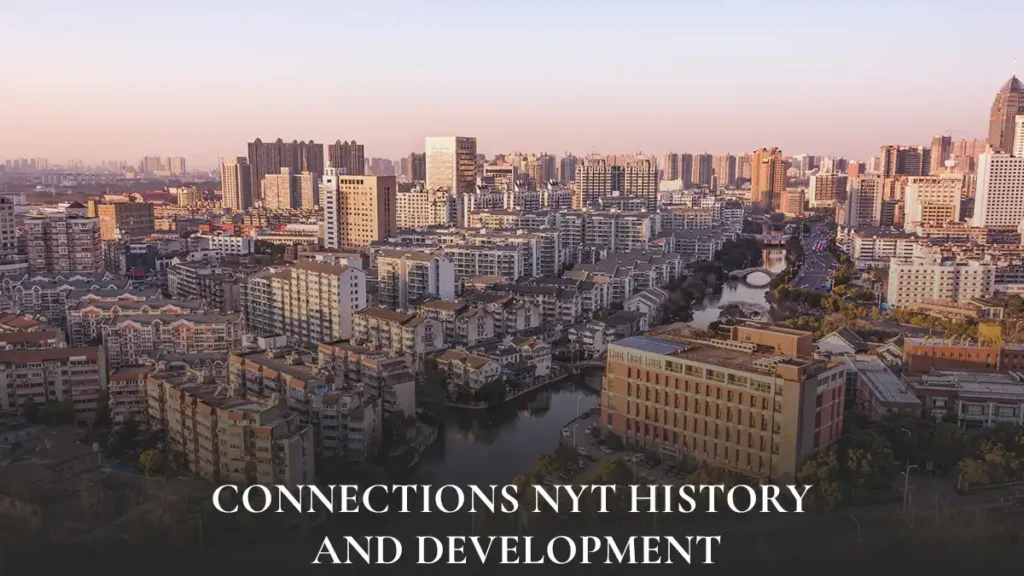

The history and development of The New York Times’ connections nyt word puzzles trace back to the newspaper’s rich tradition of providing engaging and thought-provoking content to its readers.
It all began with the inception of The New York Times, one of the most renowned newspapers globally. The newspaper came into existence in 1851. Throughout its long history, The New York Times has been a pioneer in journalism. It set the standard for quality reporting and editorial excellence.
As the newspaper evolved over the years, it continually sought innovative ways to engage its audience and provide them with compelling content. In the realm of puzzles and games, The New York Times introduced various challenges to cater to a diverse readership.
The concept of word puzzles has always held a special place in the newspaper’s offerings. They appealed to readers’ intellect and love for language. Building upon this tradition, The New York Times envisioned a new type of word puzzle. This puzzle would not only entertain but also challenge and inspire its audience.
Thus, The New York Times nyt connections word puzzle was born. It was a unique and innovative game that tasked players with deciphering intricate webs of linguistic relationships. Launched as a feature in the newspaper’s puzzle section, the connections nyt puzzle quickly gained popularity among readers seeking a mental challenge.
Developing the connections nyt puzzle involved a team of skilled puzzle creators and editors. They meticulously crafted each grid to ensure a balance of complexity and solvability. The nyt connections puzzle drew inspiration from various fields such as literature, history, science, and pop culture. The puzzle’s content reflects the diverse interests of The New York Times readership.
The connection nyt puzzle’s format underwent several iterations during its development process. The designers experimented with different grid sizes, word densities, and thematic variations. Through rigorous testing and refinement, the puzzle gradually evolved into the engaging and stimulating game it is today.
One key element that sets The New York Times connections nyt puzzle apart is its focus on interconnectedness. Unlike traditional word puzzles that challenge players to find isolated words or phrases, the connections nyt puzzle presents a grid of words. They are all linked somehow, forming a cohesive network of associations.
Players must use their analytical skills and creativity to identify these connections. In this way, they can uncover hidden relationships and patterns within the grid. This unique gameplay mechanic adds depth and complexity to the puzzle-solving experience. It entices players to explore the intricacies of language and thought.
The New York Times nyt connections puzzle debuted in the newspaper’s print edition. It captivated readers with its innovative concept and challenging gameplay. As word of the puzzle spread, it garnered a dedicated following among puzzle enthusiasts. They eagerly awaited each new installment.
With the rise of digital media, The New York Times adapted its puzzle offerings to reach a broader audience online. The connections nyt puzzle became part of the newspaper’s digital puzzle subscription service. It allowed readers to enjoy the game on their computers, tablets, and smartphones.
The online version of the Connections Nyt puzzle features additional features such as interactive hints, timer functionality, and social sharing options. These enhance the overall puzzle-solving experience. Players can also compete against friends and fellow enthusiasts on leaderboards, which adds a competitive element to the game.
The popularity of The New York Times connections nyt puzzle continues to grow. It is a testament to the newspaper’s commitment to providing high-quality, intellectually stimulating content. The puzzle has a rich history and ongoing development. The nyt connections puzzle is a shining example of the power of words to entertain, educate, and inspire.
Connections NYT Gameplay
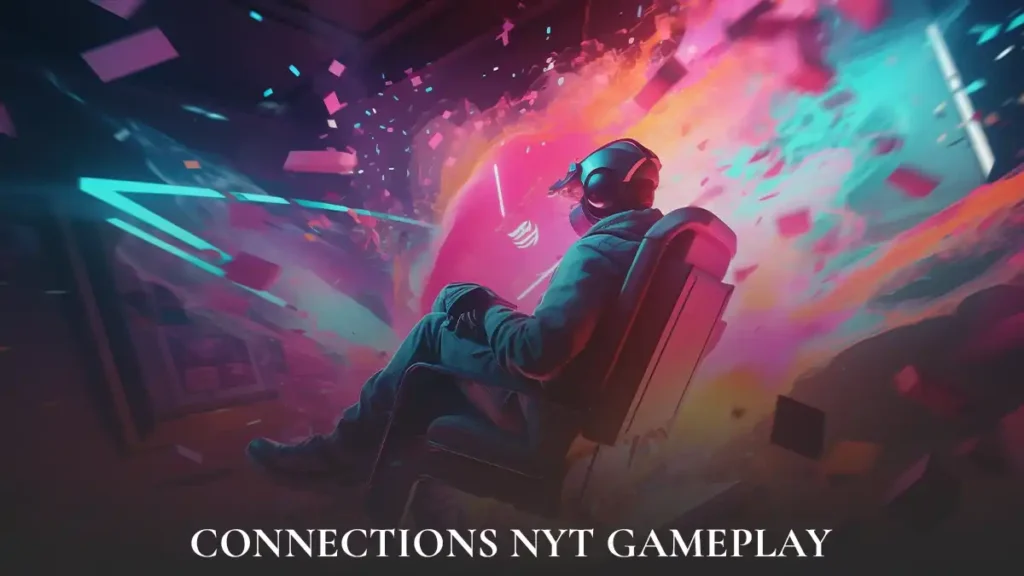

Players embark on a cerebral adventure in The New York Times connections nyt word puzzle. They unravel intricate webs of linguistic relationships. Each puzzle presents a grid of words seemingly unrelated, yet interconnected through subtle associations waiting to be unveiled.
The gameplay begins with a grid filled with seemingly disparate words. Each serves as a node in a vast network of connections. Players must scrutinize each term, seeking out hidden links and relationships that bind them together.
Analyzing the grid, players identify pairs or groups of words that share common traits, themes, or concepts. These connections may be direct or tangential, requiring keen observation and lateral thinking.
As players delve deeper, they uncover layers of complexity within the puzzle. They encounter words with multiple connections and nuanced relationships. Each revelation adds depth to the puzzle-solving experience, challenging players to think critically and creatively.
The puzzle’s difficulty escalates as players progress. It presents increasingly intricate networks of words and connections. Players must employ strategic thinking and deductive reasoning to navigate the expanding labyrinth of linguistic relationships.
Players gradually untangle the puzzle’s complexities using a combination of logic and intuition. It reveals the underlying structure that binds the words together. Each solved connection brings a sense of accomplishment and satisfaction. It motivates players to tackle the next challenge.
The New York Times connections nyt word puzzle fosters a sense of curiosity and exploration. It encourages players to approach each grid with an open mind and a willingness to discover unexpected connections.
As players hone their puzzle-solving skills, they develop a deeper appreciation for the richness and versatility of language. The puzzle serves as a playground for linguistic exploration, inviting players to uncover the myriad ways in which they can link and juxtapose words.
With its diverse array of themes and topics, the Connections Nyt puzzle offers a broad spectrum of challenges. It caters to players of all interests and backgrounds. From literature and history to science and pop culture, the puzzle’s content spans a wide range of subjects, ensuring there’s something for everyone to enjoy.
The New York Times connections nyt word puzzle transcends traditional word games. It offers a dynamic, engaging experience that stimulates the mind and sparks creativity. Players are not merely solving puzzles. They’re engaging in a form of intellectual discourse. They forge connections between ideas and concepts in a uniquely interactive way.
The puzzle’s format encourages collaboration and discussion. Players can share insights, strategies, and discoveries with fellow enthusiasts. Whether played solo or group, the puzzle fosters community and camaraderie among participants.
Beyond its entertainment value, the puzzle serves as a valuable educational tool. It fosters skills such as critical thinking, problem-solving, and vocabulary expansion. By engaging with diverse themes and topics, players gain exposure to new ideas and concepts, broadening their intellectual horizons.
The New York Times connections nyt word puzzle is not just a game. It’s a testament to the power of language to connect us and enrich our lives. With each solved puzzle, players deepen their appreciation for the beauty and complexity of the written word.
In conclusion, The New York Times connections nyt word puzzle offers a captivating blend of challenge, discovery, and intellectual stimulation. With its intricate networks of words and connections, the puzzle invites players to embark on a journey of exploration and enlightenment, one grid at a time.
How Connections NYT Works
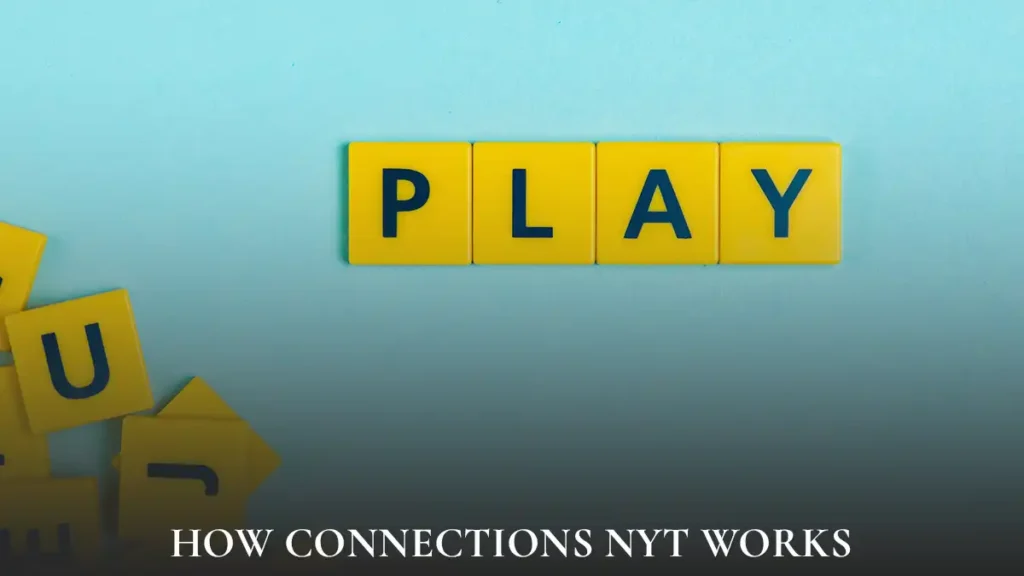

1. Word Clusters: Each puzzle features a set of seemingly unrelated words. Your task is to find the underlying theme that binds them together.
2. Logical Pairings: Some connections are straightforward, while others require lateral thinking. The joy lies in unraveling the subtle threads that link words across categories.
3. Daily Dose: New puzzles arrive daily, ensuring a fresh mental workout. Whether you’re a seasoned puzzler or a curious beginner, nyt connections offers something for everyone.
As you delve deeper into the enigmatic web of words, the seemingly straightforward rules of connections nyt unveil a labyrinth of complexity. Each word presents a puzzle piece that must be strategically placed into the elusive categories. It tests your ability to think outside the box.
Decoding the Connections NYT Puzzle Elements
Within the intricate tapestry of Connections, words like FAMILY, SHIP, LOCK, and NESS await your discerning eye. These linguistic fragments tease your intellect, urging you to uncover their hidden connections. You can unravel the mystery that binds them together.
From the ethereal realms of ION to the bustling world of MEDIA, each word carries a unique essence that adds depth to the puzzle. Faced with words like FLEA, CURL, and FLYING, you must navigate the intricate web of language to discern their rightful place within the puzzle’s framework.
Seeking Clues and Revelations
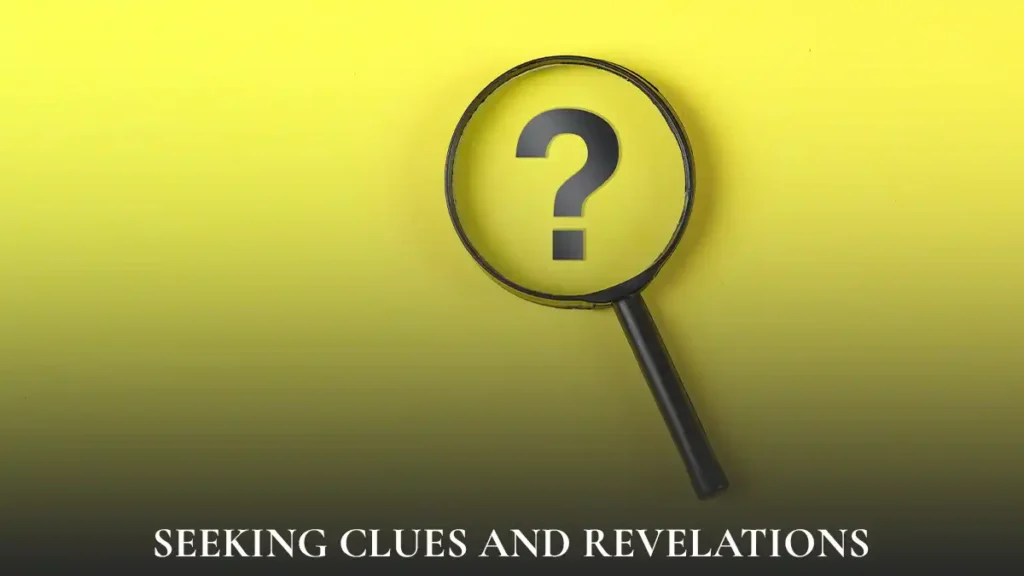

Amidst the sea of words, hints and clues shine through as a beacon of guidance. These subtle nudges provide a lifeline in the face of uncertainty and offer a glimpse into the elusive categories that govern the puzzle’s enigmatic structure.
With each hint and revelation, the veil of ambiguity lifts, unveiling a path toward enlightenment and discovery. You might be deciphering the meaning of Tress or unlocking the secrets of exposure and coverage. Every clue brings you closer to cracking the code of connections nyt.
Begin by immersing yourself in the puzzle. Read all 16 words attentively, taking your time to grasp the meaning of each. Don’t hesitate to use Google for clarification if any word poses a challenge.
As you familiarize yourself with the words, look for a common thread that binds them. Ask questions such as, “Do these words belong to the same group?” or “Is there a shared theme or idea?” Identify connections or similarities between words and group them accordingly.
Once you’ve discerned connections between four words, select them to form a group. Click the Submit button to check the accuracy of your grouping. Remember, to secure victory, you need to organize all 16 words into four distinct groups.
The nyt connections game challenges you to organize 16 words into four groups. Each remains linked by a specific connection or theme. Precision is key, and you only have four errors per session. Exercise caution before submitting your answers.
This daily puzzle not only entertains but also enhances memory, and mental clarity, and even slows down the aging of brain cells. Embrace the cognitive benefits as you engage in the exciting pursuit of making connections.
Plan your word groupings strategically. Consider different angles and relationships between words to optimize your chances of accurate connections.
If you encounter errors, view them as learning opportunities. Each mistake is a chance to refine your strategy and improve your ability to discern connections.
Make the nyt connections game a part of your daily routine. Consistent engagement hones your skills and provides a delightful mental exercise.
Every completed puzzle is a victory. Celebrate your ability to connect words and revel in the mental agility the game nurtures.
Now equipped with a comprehensive guide, step into the world of connections nyt game confidently. Read, connect, submit, and relish the satisfaction of unraveling the intricate tapestry of words. Happy connecting!
Cracking the Code


So, you’ve got the list of sixteen words in front of you, and the clock is ticking. Where do you begin? The key to mastering the Connections puzzle lies in careful observation, logical reasoning, and creativity. As you analyze the words, look for subtle themes, associations, and shared characteristics. All of them could point to their underlying connections.
Don’t be afraid to think outside the box and consider multiple possibilities. Sometimes, the most unexpected pairings can lead to the most satisfying revelations. As you start grouping the words, pay attention to the emerging patterns. Are there common threads that tie certain words together? Can you identify distinct clusters based on their meanings or attributes? Keep an open mind and let your intuition guide you as you delve deeper into the puzzle.
Ready to Play Connections NYT?
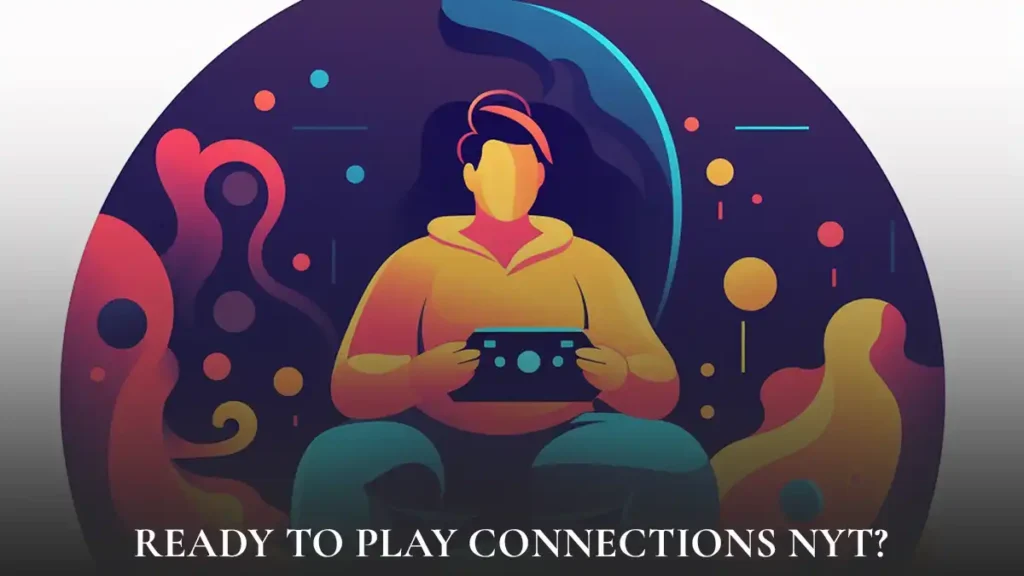

Feeling inspired to test your word prowess? If you’re eager to take on the challenge of the NYT Connections puzzle, head over to the New York Times Games Connections website. Embark on a thrilling word adventure. Each puzzle presents a unique set of words and connections. There’s always a new mystery to solve and a new mental challenge to conquer.
Conclusion
In conclusion, The New York Times connections nyt word puzzle is a testament to its commitment to engaging its readers with innovative and intellectually stimulating content. With its intricate grids and interconnected webs of words, the puzzle challenges players to think critically, explore diverse themes, and uncover hidden relationships. From its inception to its evolution in the digital age, the nyt connections puzzle has captivated audiences with its blend of creativity, logic, and linguistic flair. As a beloved feature of The New York Times puzzle section, it inspires curiosity and fosters community. It celebrates the boundless possibilities of language.


Leave a Reply